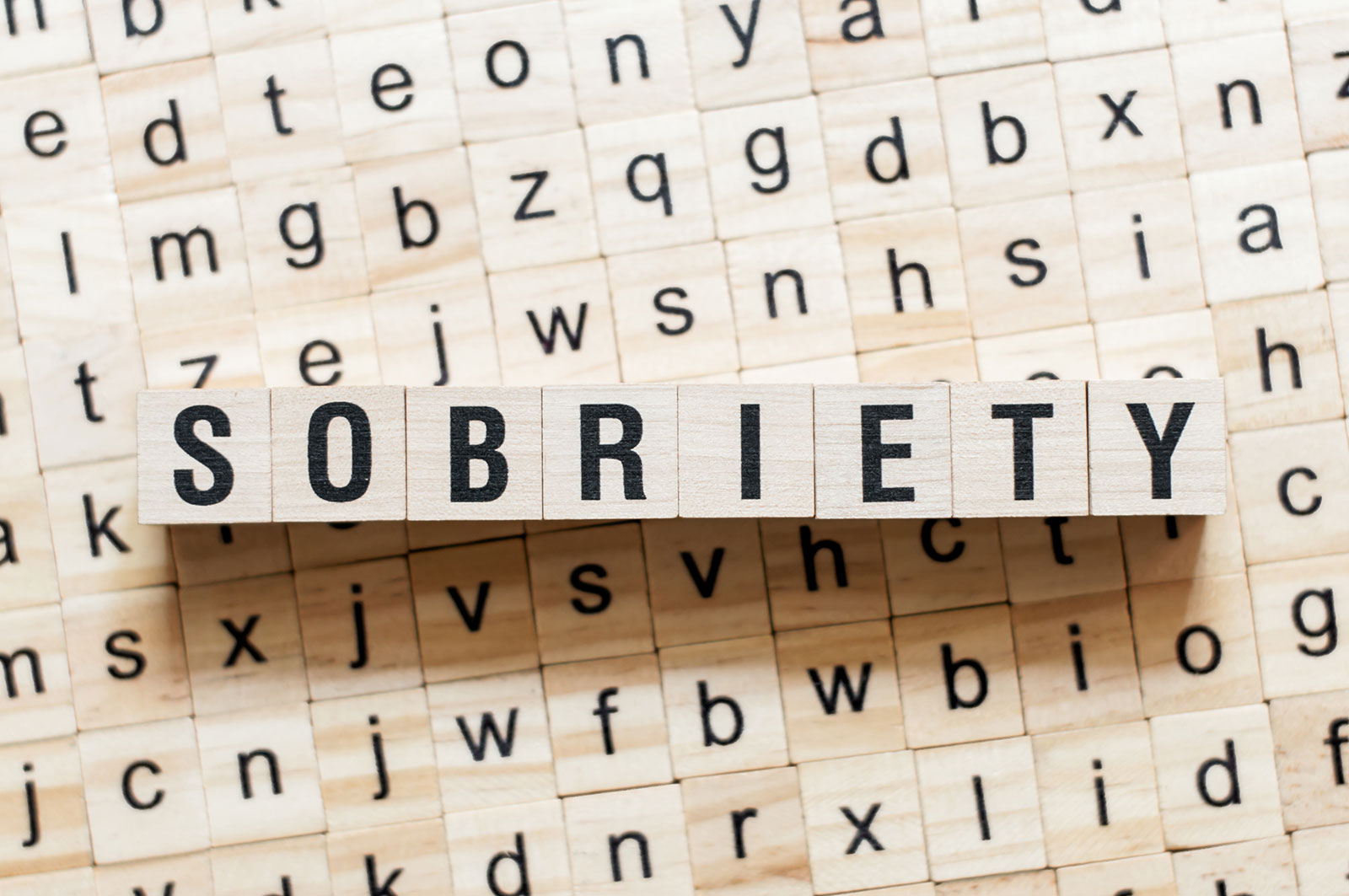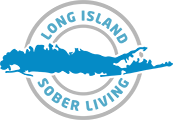While lost in the throes of addiction, it’s easy to believe that getting sober will solve all your problems. Sobriety is the route to a better life, but choosing to get sober is only the first step. Detoxing from physically or mentally addictive substances comes next. After that point, the most challenging part of the journey begins.
The phase between getting clean and rejoining society as a healthy and functional individual is often quite challenging. The substances or addictive behaviors you once used as a crutch are no longer an option. Yet, you haven’t learned how to face life sober.

If the first chapter of your journey to sobriety involved a rehab stay, you may have done therapy and learned some healthy coping mechanisms. Nonetheless, it isn’t until you return to the outside world that you’ll test your strength. If you sobered up on your own, you might be flying blind and wondering what to do next. This is where the sober living can help.
What are Sober Houses?
In this context, “sober living” refers to a stay at a community home designed for people in the early stages of recovery. Sober living facilities are also referred to as sober homes and halfway houses.
Sober homes offer recovering residents a transitional phase between getting clean and facing life on their own. The rules, schedules, and structure of the household help residents practice sober life.
Types of Sober Homes
Alcoholics Anonymous
Much like a lot of inpatient rehabs, many sober homes have programs designed around the 12 steps. The steps originated from Alcoholics Anonymous (AA) and Narcotics Anonymous (NA) programs. The 12 steps have been a standard mode of recovery for decades. Each step is designed to bring a recovering addict closer to a healthy, everyday life. Some steps include admitting being powerless to addiction, apologizing for past mistakes, and having faith in a higher power.
Residents at sober homes can attend local AA or NA meetings regardless of whether their sober home is based on the program. However, it can be beneficial to work through the steps alongside fellow household members. Many sober households have rules that require residents to attend a certain number of meetings each week.
Sober Apartments
Many sober homes are large houses with many rooms, and residents share community spaces, such as the kitchen and gardens. This setup works well for many people, but those who prefer more privacy may look at sober apartments instead. You may have an apartment to yourself or share one with a roommate. Other than the difference in accommodations, these facilities operate similarly to other sober homes.
Sober Dorms
If you’re a college student, a sober dorm could be a great option. The college years come with many temptations. Rather than moving into a dorm where everyone around you is partying each night, you’ll be with other sober students. This will allow you to focus on your studies while also working on recovery.
Sober Home Rules and Regulations
Each sober home will have its approach. Nonetheless, most utilize specific strategies that have been proven to help residents. Entering a sober home means accepting that you won’t have complete control over your life, but that’s the point. Submitting to the rules of the facility is an integral part of the process. Therefore, it’s wise to get a general idea of the expectations before you arrive.
Aside from remaining sober, other standard rules include:
- Keep your personal space clean and organized.
- Completing assigned household chores and projects.
- Paying rent and additional fees on time each month.
- Treating other residents with respect.
- Returning home in time for curfew each evening.
- Submitting to regular drug testing.
- Following all local laws and regulations.
- Take care to avoid damaging appliances, furniture, and other household items.
- Attending all house meetings as well as any required AA or NA community meetings.
- Getting a sponsor to help you work the 12 steps.
- Seeing a therapist.
- Maintaining and showing proof of employment or schooling.
- Being accountable for all actions.
Choosing Your Sober Home
You know you want to enter sober living. How do you choose what household to join? Other than the type of home and the rules, there are several other factors to consider.
Location
If you have children or other loved ones you need to see regularly, it’ll be helpful to choose a sober house near where they live. This way, no one will need to travel far to visit, which will also help ensure you make it home in time for curfew.

Location can also be a factor regarding your triggers. For example, maybe the sober home is down the block from where you experienced a traumatic incident. If so, you’ll have to remember the incident every time you walk or drive by. That said, if you’re ready to face this trigger head-on, this could benefit you. Healing from trauma is a personal journey, and only you know how the home’s location will affect you.
Setup and Design
A sober home should feel warm, safe, and inviting. Little touches like interior design, artwork, and gardens can all affect how you feel. When in doubt, request a tour of the facility beforehand. Not only will you be able to get a feel for the place, but you’ll also be able to meet some of the residents.
Price
Sober living is designed to prep you for real life, which comes with financial obligations. The price will depend on various factors, such as the length of your stay and the amenities offered by the facility. Most sober homes do everything they can to reduce the cost for residents. In general, the price will align with the cost of living in the area.
Amenities
Some sober houses are more luxurious than others, and they may offer amenities like pools, gyms, or even professional chefs. If you believe specific amenities will help you, this may factor into your decision.
Length of Residency
The average length of a stay is between 166 and 254 days. Provided residents abide by all rules and pay all fees; most sober houses will allow them to remain long as they want. Some homes do require residents to stay for a certain amount of time, such as six months. Check on this if you’re aiming for a shorter stay. However, be aware that studies have shown that the longer you engage with a treatment program, the more likely you’ll be able to remain sober.
Level of Independence
Some houses have earlier curfews and stricter requirements than others. Consider the expectations, and be honest with yourself about your willingness to adhere to them.
If you find yourself feeling turned off by all the rules, think carefully about whether you think that way. Addiction can be tricky, and you might be subconsciously resisting the structure you need to recover. When in doubt, talk to your therapist or sponsor, and they will help you sort your real concerns from the urges of addiction.
Ominous Signs for Sober Living
Not all sober houses are the same, and this is why touring the facility and speaking to the house managers beforehand is valuable.
When learning about the home, keep an eye out for the following red flags:
- The cost of the stay seems too high or low.
- You notice the property or building appears to run down, dirty, or unsafe.
- The program lacks standard requirements, such as curfew or meeting attendance.
- House managers or other staff members can’t offer credentials.
- The facilities don’t provide gender-based living quarters or bathrooms.
- Regular drug testing isn’t required.
Ultimately, it would help if you always listened to your gut. If you feel unsafe while touring the facility or get a bad feeling from the staff or residents, consider looking elsewhere. Feeling safe and comfortable will be necessary for your recovery. When something feels wrong, it usually is.
Continue Your Journey with Long Island Sober Living
Not everyone has the opportunity to live in a sober house. After you’ve made your decision, choose to embrace the experience you’re about to have. Much like all things in life, the more you devote yourself to this process, the more you’ll gain from it.
Are you looking for a sober house? Long Island Sober Living offers premiere sober residences for men and women. We can provide the safe and supportive environment you need. We’re excited to help you continue to thrive in your recovery journey.
Please reach out to learn more. Representatives are available 24/7 to address your questions and concerns.
